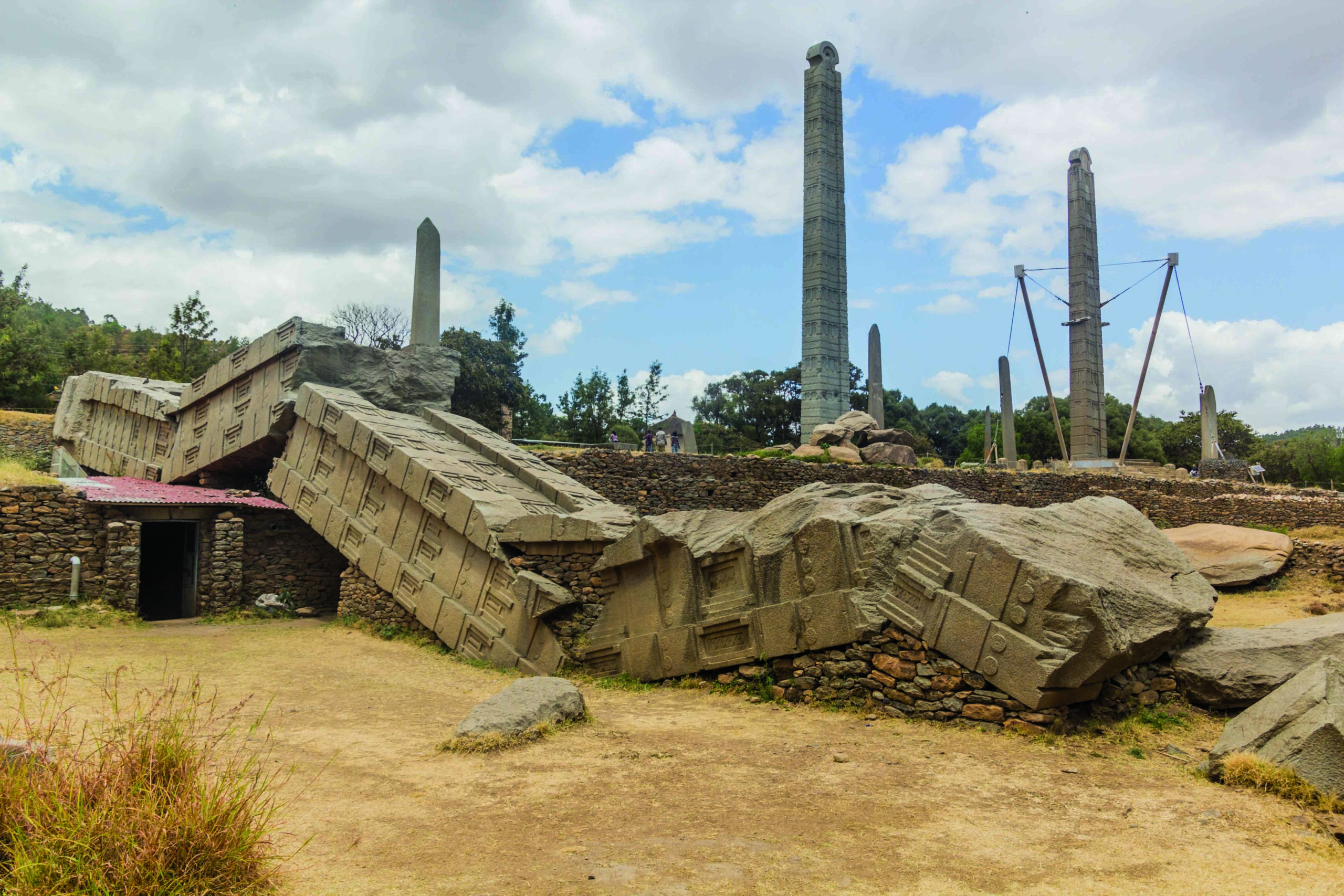TORUŃ, POLAND—Live Science reports that a 400-year-old burial containing the remains of a child who had been buried face-down with an iron padlock on its foot has been unearthed in the village of Pień in northern Poland. Such padlocks are thought to have been used to “secure” the body to the grave. “The padlock shows people were afraid of the child after its death,” explained archaeologist Dariusz Poliński of Nicolaus Copernicus University. He and his colleagues note that the seventeenth-century burial had not been placed in the village churchyard, but in a separate graveyard of about 100 graves that may have been reserved for the poor and “abandoned souls.” The child, who was between the ages of five and seven at the time of death, had been buried just a few feet away from the remains of a wealthy woman unearthed last year. She had been buried at about the same time as the child with a sickle placed over her neck and a padlock on her foot as well. This woman had been wearing garments made with gold thread, while flecks of gold on her remains suggest she had consumed a medicine containing gold. A third padlock found in the graveyard was discovered near scattered bones, Poliński added. Further analysis of the remains is expected to offer additional information, he concluded. To read more about supposed "vampire" burials in Poland, go to "Vampire-Proofing Your Village."
Another Padlock Found in a 17th-Century Cemetery in Poland
News August 13, 2023
Recommended Articles
Top 10 Discoveries of 2020 January/February 2021
Largest Viking DNA Study
Northern Europe and Greenland
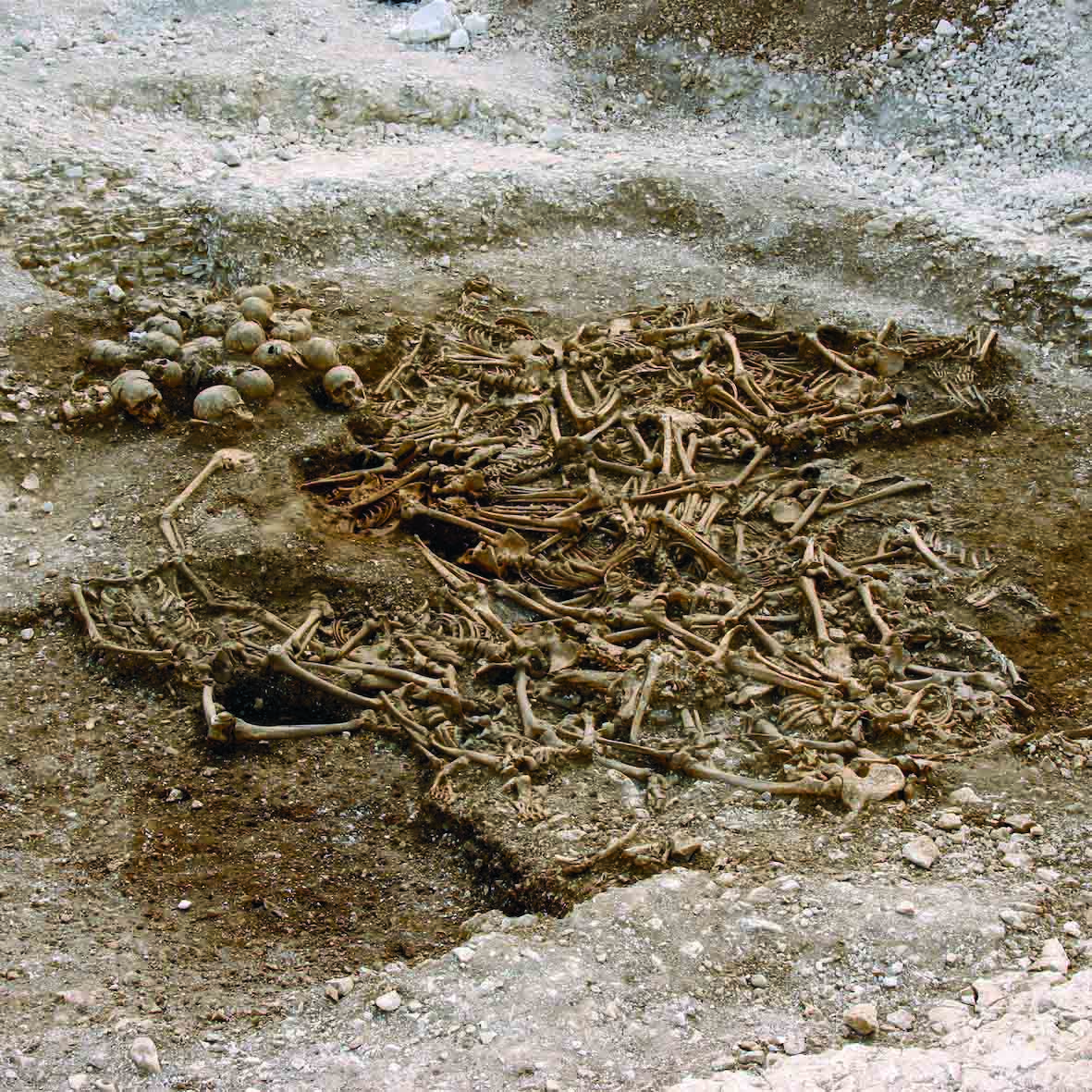
Digs & Discoveries November/December 2020
Honoring the Dead

Digs & Discoveries November/December 2020
Piggy Playthings
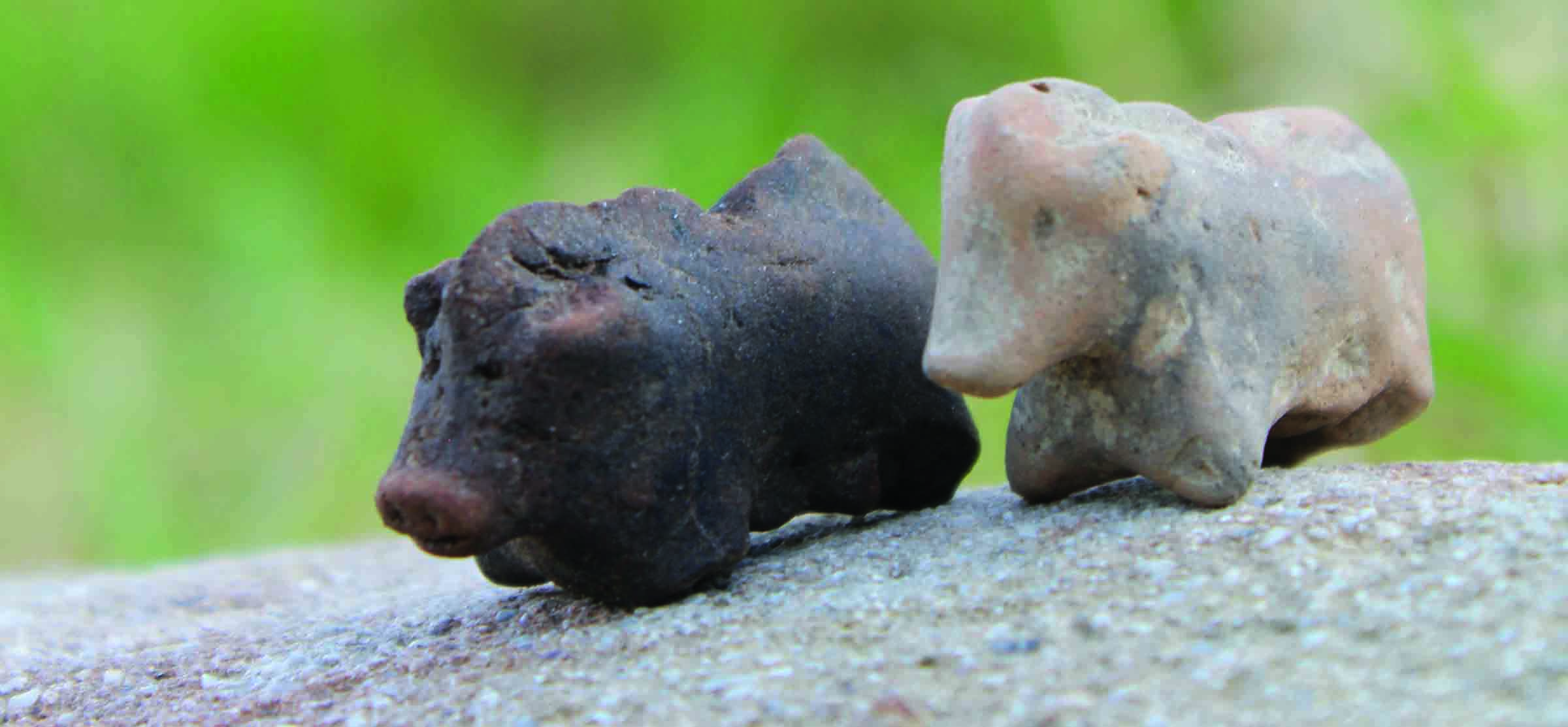
Artifacts May/June 2020
Torah Shield and Pointer

-
Features July/August 2023
An Elegant Enigma
The luxurious possessions of a seventeenth-century woman continue to intrigue researchers a decade after they were retrieved from a shipwreck
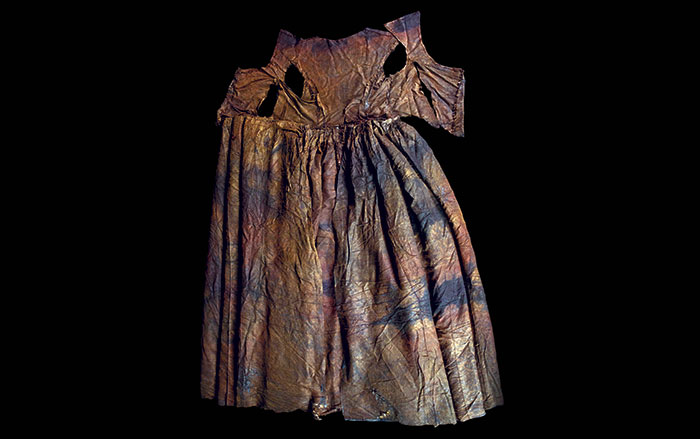 (Courtesy Museum Kaapskil)
(Courtesy Museum Kaapskil) -
Features July/August 2023
Rise of the Persian Princes
In their grand capital Persepolis, Achaemenid rulers expressed their vision of a prosperous, multicultural empire
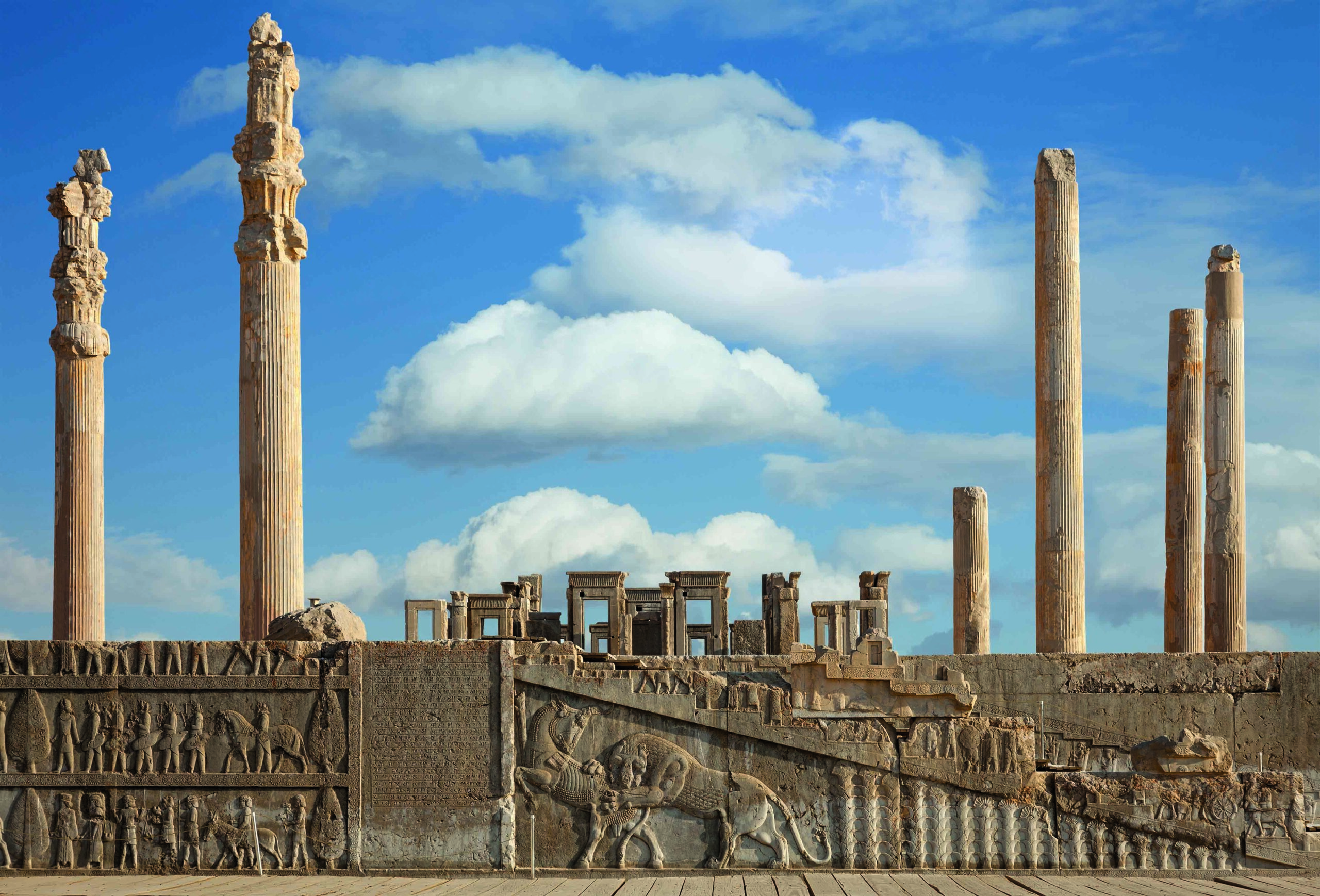 (Borna_Mir/ Adobe Stock)
(Borna_Mir/ Adobe Stock) -
Letter from Patagonia July/August 2023
Surviving a Windswept Land
For 13,000 years, hunter-gatherers thrived in some of the world’s harshest environments
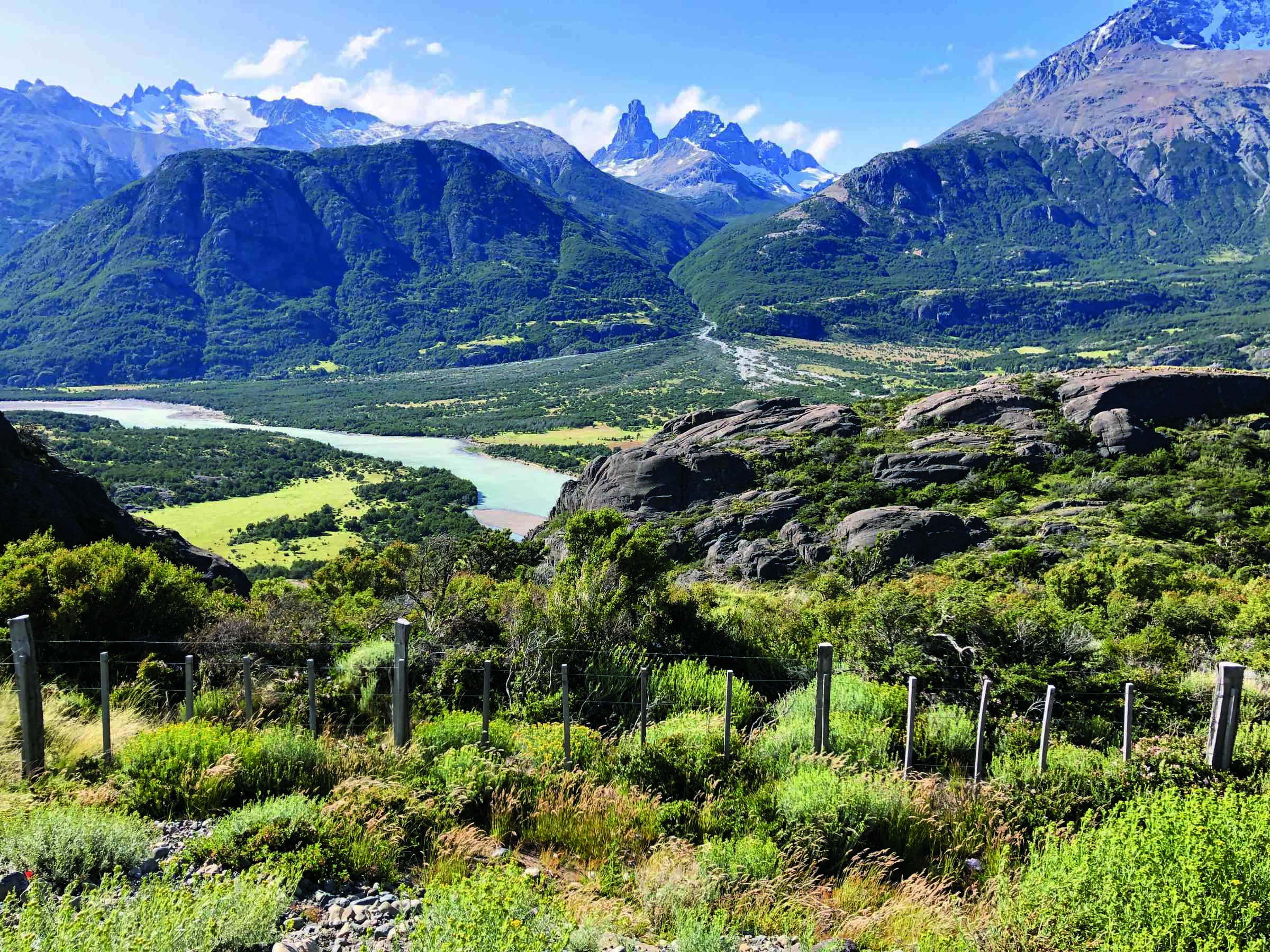 (Courtesy Raven Garvey)
(Courtesy Raven Garvey) -
Artifacts July/August 2023
Norse Gold Bracteate
 (Arnold Mikkelsen, National Museum of Denmark)
(Arnold Mikkelsen, National Museum of Denmark)


